Introduction
Shellfish, a category of aquatic delicacies encompassing clams, mussels, oysters, scallops, shrimp, crab, and lobster, have captivated palates for millennia. Their briny sweetness, delicate textures, and versatility in cuisine make them a prized ingredient across global culinary traditions. However, transforming these ocean treasures into a memorable dish requires more than mere heat application—it demands an understanding of their unique characteristics, proper preparation, and thoughtful seasoning. This article delves into the intricacies of cooking shellfish to perfection, exploring techniques that elevate their natural flavors while avoiding common pitfalls. Whether you’re a novice home cook or a seasoned chef, mastering these methods will ensure your shellfish dishes shine with brilliance.
Selecting the Freshest Catch
The foundation of exceptional shellfish begins at the source: selection. Freshness dictates texture, flavor, and safety. Live shellfish, such as clams, mussels, and oysters, should exhibit tightly closed shells. A slight gap is permissible if the shell closes when tapped, indicating vitality. Avoid specimens with cracked shells or a pungent, fishy odor—a whiff of the sea is acceptable, but anything sharper signals spoilage. For crustaceans like lobster and crab, opt for lively specimens with intact limbs. Frozen shellfish, while convenient, should be purchased from reputable sources to ensure minimal quality loss.
Cleaning and Prepping: Essential First Steps
Proper cleaning removes grit, sand, and impurities while preserving the shellfish’s integrity:
- Clams and Mussels: Soak in cold, salted water (3 tablespoons salt per quart) for 20–30 minutes to expel sand. Scrub shells with a stiff brush to remove debris. Debeard mussels by yanking the fibrous “beard” near the hinge.
- Oysters: Shuck just before cooking to retain brininess. Use an oyster knife and protective glove, prying the hinge apart and severing the adductor muscle.
- Scallops: Choose “dry-packed” scallops (untreated with preservatives) for superior flavor. Remove the small side muscle and rinse briefly.
- Shrimp and Lobster: Devein shrimp using a paring knife along the back. For lobster, humanely dispatch before cooking by plunging a knife into the cross between the eyes.
Cooking Methods: Mastering Techniques
Boiling and Simmering
Ideal for clams, mussels, and crustaceans, boiling rapidly cooks shellfish while infusing them with aromatic liquids.
- Technique: Submerge shellfish in a court-bouillon (water flavored with white wine, vegetables, and herbs) or beer. Bring to a rolling boil, add shellfish, and cook until shells open (3–5 minutes). Discard any unopened specimens.
- Pro Tip: Add a splash of vinegar to clams to enhance shell loosening.
Steaming
A gentle method that retains moisture and flavor, steaming suits delicate varieties like oysters and scallops.
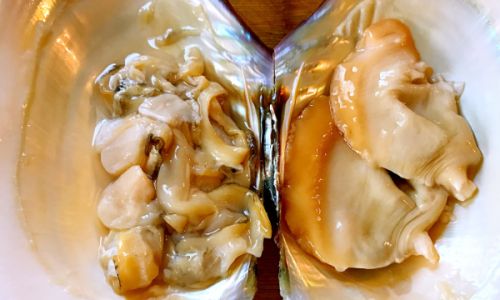
- Technique: Place shellfish in a steamer basket over simmering liquid (wine, coconut milk, or citrus-infused broth). Cover and cook until shells open or flesh turns opaque (2–5 minutes).
- Flavor Boost: Toss in garlic, ginger, or lemongrass for aromatic depth.
Grilling
Grilling imparts smokiness and caramelization, perfect for shrimp, lobster, and scallops.
- Technique: Preheat the grill to high. Brush shellfish with oil to prevent sticking. Grill shrimp 2–3 minutes per side; lobster tails 6–8 minutes; scallops 2–3 minutes. Avoid overcrowding to ensure even charring.
- Marinade Magic: Marinate in citrus, soy sauce, or chili paste for 15–30 minutes before grilling.
Baking and Roasting
Baking concentrates flavors, ideal for stuffed clams, oysters, or whole fish.
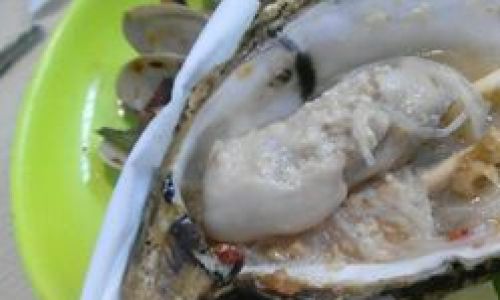
- Technique: Preheat the oven to 400–450°F (200–230°C). Top oysters with butter, herbs, and breadcrumbs; bake 10–15 minutes until bubbling. For lobster, split tails and roast 8–10 minutes.
- Gourmet Twist: Wrap scallops in bacon or prosciutto before baking for a savory crunch.
Sautéing and Pan-Frying
Quick and versatile, sautéing works for shrimp, scallops, and squid.
- Technique: Heat oil in a skillet over medium-high. Sear scallops 2–3 minutes per side for a golden crust. Shrimp cook in 2–3 minutes total; avoid overcrowding.
- Sauce Pairing: Deglaze the pan with wine, lemon, or cream for a pan sauce.
Seasoning and Flavor Pairings
Shellfish thrive with complementary flavors that enhance, not overwhelm, their natural taste:
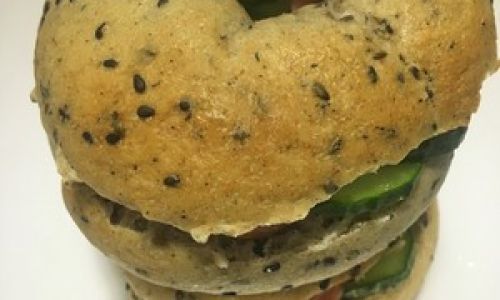
- Herbs: Parsley, dill, cilantro, and tarragon add freshness.
- Aromatics: Garlic, shallots, and ginger build depth.
- Acids: Lemon, lime, and vinegar brighten richness.
- Spices: Smoked paprika, cayenne, and saffron introduce warmth.
- Fats: Butter, olive oil, and coconut milk enrich texture.
Regional Inspirations:
- Mediterranean: Tomatoes, olives, and oregano.
- Asian: Soy sauce, ginger, and sesame.
- French: Beurre blanc, tarragon, and white wine.
Serving Suggestions: Elevating the Plate
- Appetizers: Grilled oysters with Parmesan-herb butter; shrimp cocktail with horseradish sauce.
- Mains: Linguine with clams in white wine sauce; paella with saffron and chorizo.
- Sides: Roasted garlic butter corn; crispy fries with aioli.
- Beverages: Crisp Chardonnay, citrusy IPA, or sparkling water with lime.
Advanced Techniques for the Ambitious Cook
- Ceviche: “Cook” scallops or shrimp in citrus juices (lime, lemon) with chili and cilantro. Marinate 15–30 minutes for texture.
- Smoking: Use applewood or hickory chips to infuse lobster or clams with smokiness.
- Shellfish Stock: Simmer shrimp shells with vegetables for a rich base for soups or risotto.
Avoiding Common Pitfalls
- Overcooking: Shellfish turn rubbery if cooked beyond doneness. Remove from heat at the first sign of opacity or shell opening.
- Under-seasoning: Salt is critical to balance brininess; taste and adjust.
- Ignoring Species Variability: Cooking times differ—clams take longer than scallops.
- Skipping Resting Time: Allow grilled or roasted shellfish to rest 2–3 minutes for moisture redistribution.
Conclusion: The Journey to Shellfish Mastery
Cooking shellfish is an art that rewards patience, precision, and creativity. By selecting the freshest specimens, mastering cooking techniques, and harmonizing flavors, you unlock their full potential. Whether you prefer the simplicity of steamed mussels in broth or the drama of a charcoal-grilled lobster, these methods ensure a dish that delights. Experiment fearlessly, savor each bite, and let the ocean’s bounty grace your table with unparalleled elegance.
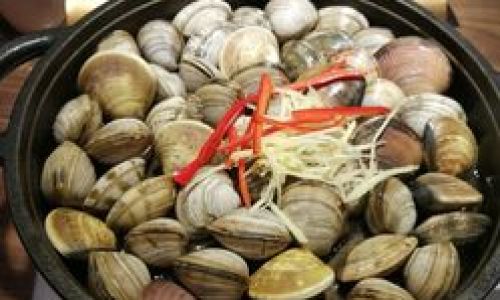
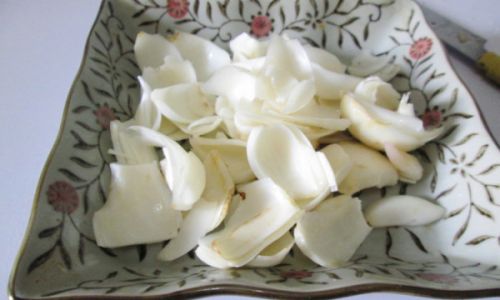
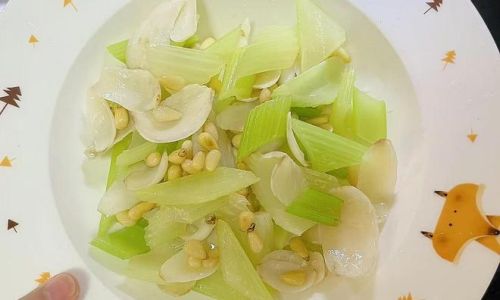
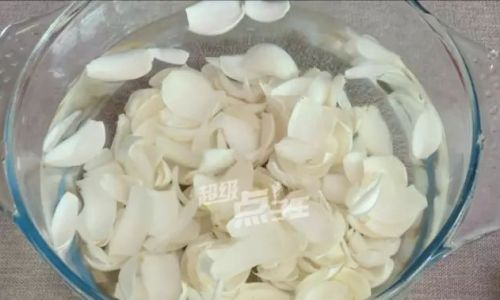
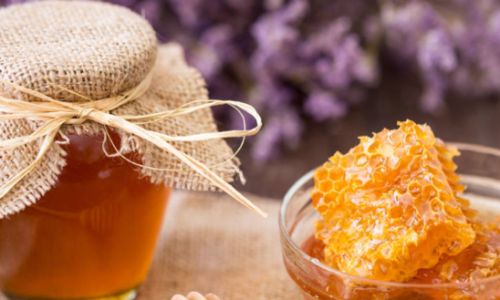


0 comments